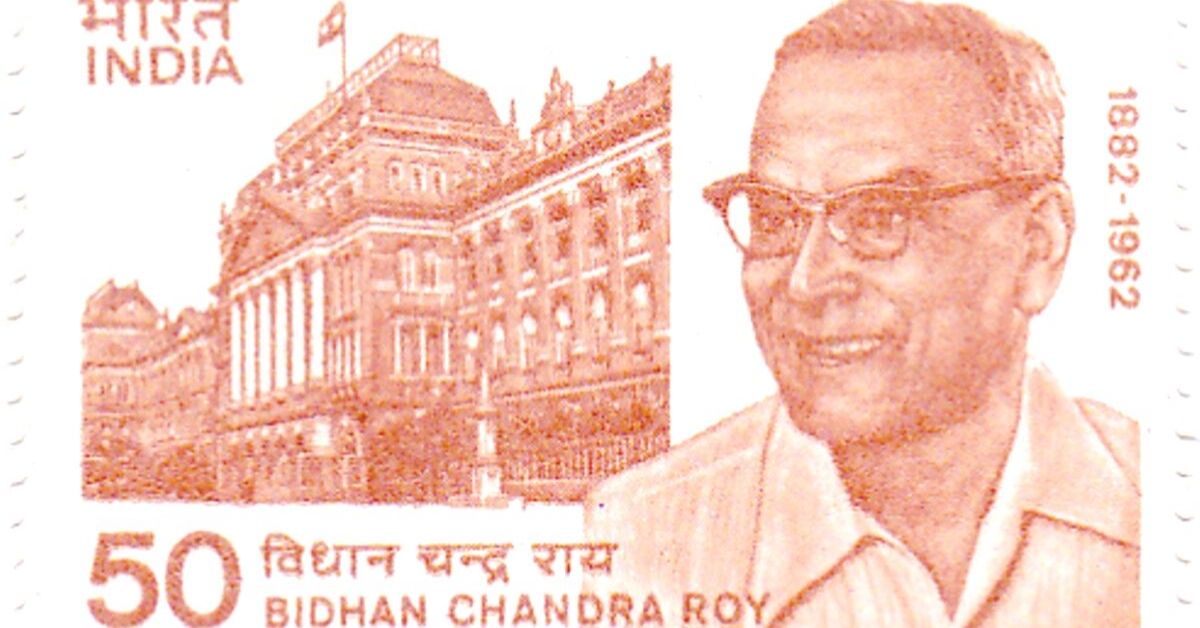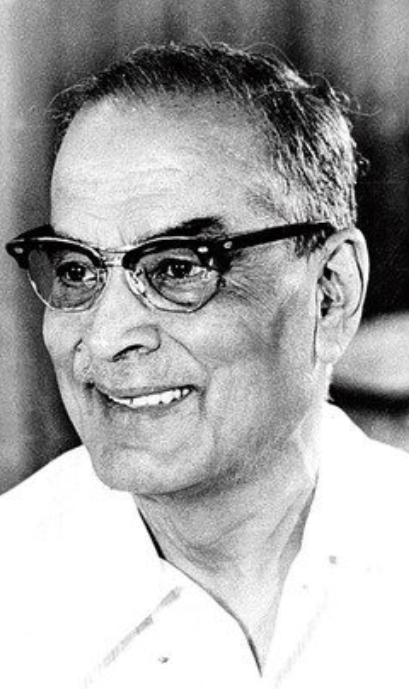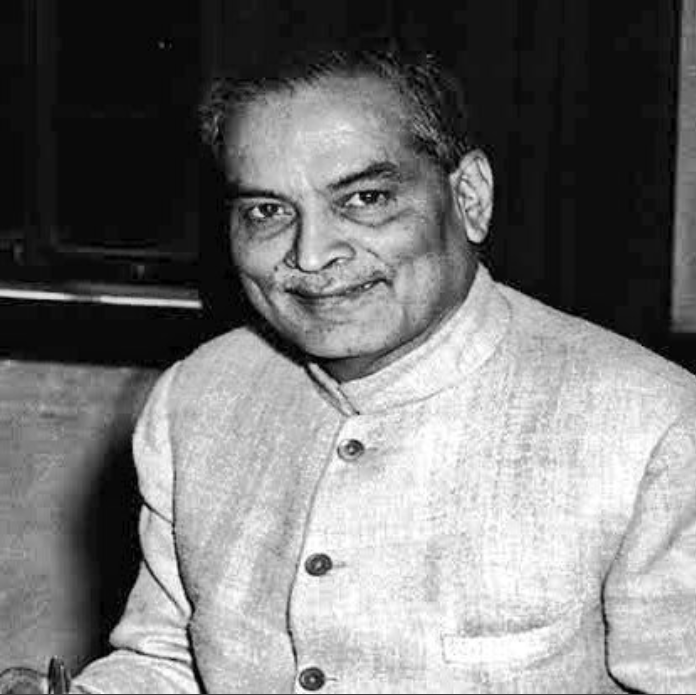An Ode to India’s Forgotten ‘National Doctor’ Who Won Respect Across the World
In the obituary to Dr Bidhan Chandra Roy, the British Medical Journal wrote, “… at his professional zenith, he may have had the largest consulting practice in the world, news of his visit to a city or even railway station bringing forth hordes of would-be patients.” #ForgottenHeroes #History

Every year on 1 July, India celebrates National Doctors’ Day in honour of Dr Bidhan Chandra Roy, a Bharat Ratna awardee, former chief minister of West Bengal and someone who represented the best of his profession at a critical time in India’s modern history.
Dozee is a contact-free smart health monitor that simply slips below your mattress and silently tracks your heart health, respiration, sleep quality, and stress levels. Click here!
Born on 1 July 1882, in Patna, Roy grew up with parents who were close followers of the socio-religious movement—Brahmo Samaj.
Graduating from the University of Calcutta in medicine, he went to England where he joined the prestigious St Bartholomew’s Hospital in London. Though the hospital’s Dean was reluctant to enroll him (or any Asian) into the institute, he relented after a month and a half of constant perseverance and over 30 meetings.
Following his post graduation in 1911, Dr Roy became a Member of the Royal College of Physicians (MRCP) and a Fellow of the Royal College of Surgeons (FRCS) — a rare feet.

He was studying at the University of Calcutta in 1905, when Bengal was partitioned, but instead of getting sucked into the nationalist movement against the British, he chose to focus on his academics. Roy had realised that he could serve his people by qualifying in his stated profession first. It was a smart call because upon his return to India, he participated in the freedom movement, got involved in Bengal politics and at the same time became one of MK Gandhi’s personal physicians.
In fact, during a ‘self-purification’ fast in Pune (1933), Gandhi refused to take medication when Dr Roy arrived on the scene. Gandhiji asked Dr. Roy, “Why should I take your treatment? Do you treat four hundred million of my countrymen free?”
Dr. Roy replied, “No Gandhiji, I could not treat all patients free. But I came… not to treat Mohandas Karamchand Gandhi, but to treat “him” who to me represents the four hundred million people of my country.”
In response, Gandhi said in jest, “You are arguing like a third-class lawyer in a mofussil (district) court,” and eventually relented. Such was his stature as a doctor that even when Jawaharlal Nehru became prime minister, Dr Roy was one of the few doctors whose advice he paid heed to. One of the doctors attending Nehru told the Washington Times-Herald in 1962, “Roy is tall enough to ask Nehru to obey medical orders.”
Medicine, Dr Roy believed, would help Indians be physically healthy and strong and thus help them pursue their cause for freedom. To further his mission, he played an integral role in the establishment of medical institutions like Jadavpur T.B. Hospital, Chittaranjan Seva Sadan, Kamala Nehru Memorial Hospital, Victoria Institution (college), Chittaranjan Cancer Hospital and the Chittaranjan Seva Sadan for women and children. He even opened centres for women, where they could train in social work and nursing.
In the meantime, he was also very active in local administration as the Mayor of Calcutta (1931-33), Vice-Chancellor of Calcutta University (1942-1944), President of the Medical Council of India (1939) and the Governor of the United Provinces (now Uttar Pradesh). It was under his mayorship that the city undertook a massive expansion in free education, public health care, road infrastructure, improved lighting and water supply.

Following Independence, Dr Roy wanted to concentrate purely on his profession, but on the prodding of MK Gandhi, he took the office of Chief Minister of West Bengal on 23 January 1948. Mind you, this was a time of utter chaos with the region torn by communal violence and the influx of refugees across a divided Bengal.
Under his stewardship, the state finally saw peace within three years. During his 14-year tenure as chief minister of the state, he also found time for his medical practice and attended to patients.
Is it any surprise that in its obituary for Dr Roy, the British Medical Journal called him the “first medical consultant in the subcontinent of India, who towered over his contemporaries in several fields?” The obituary went onto argue that “at his professional zenith he may have had the largest consulting practice in the world, news of his visit to a city or even railway station bringing forth hordes of would-be patients.”
He passed away on 1 July 1962, but not before leaving behind a legacy of deep respect for the spirit of public service, which he fulfilled both as a doctor and an administrator.
Also Read: ‘Why Should We Be Dumb?’ How One Monk’s Speech Changed The History of Ladakh
(Edited by Saiqua Sultan)
Like this story? Or have something to share? Write to us: [email protected], or connect with us on Facebook and Twitter.
If you found our stories insightful, informative, or even just enjoyable, we invite you to consider making a voluntary payment to support the work we do at The Better India. Your contribution helps us continue producing quality content that educates, inspires, and drives positive change.
Choose one of the payment options below for your contribution-
By paying for the stories you value, you directly contribute to sustaining our efforts focused on making a difference in the world. Together, let’s ensure that impactful stories continue to be told and shared, enriching lives and communities alike.
Thank you for your support. Here are some frequently asked questions you might find helpful to know why you are contributing?


This story made me
-
97
-
121
-
89
-
167











